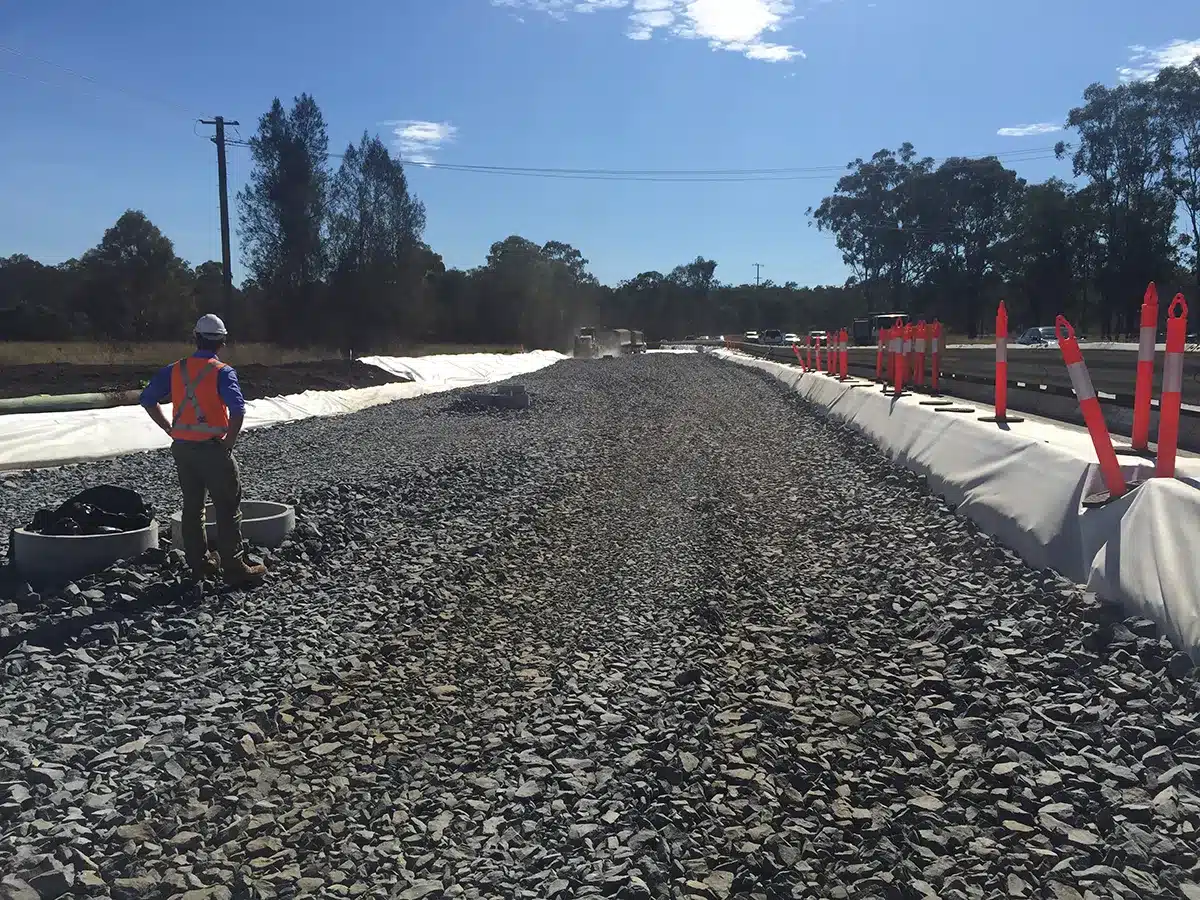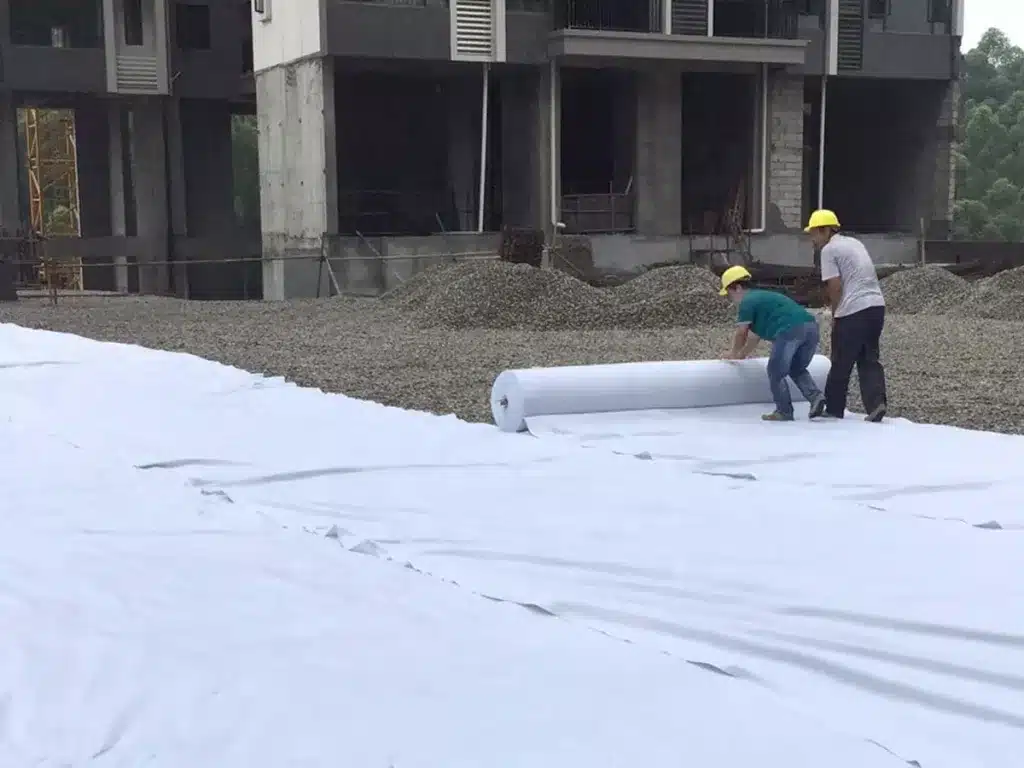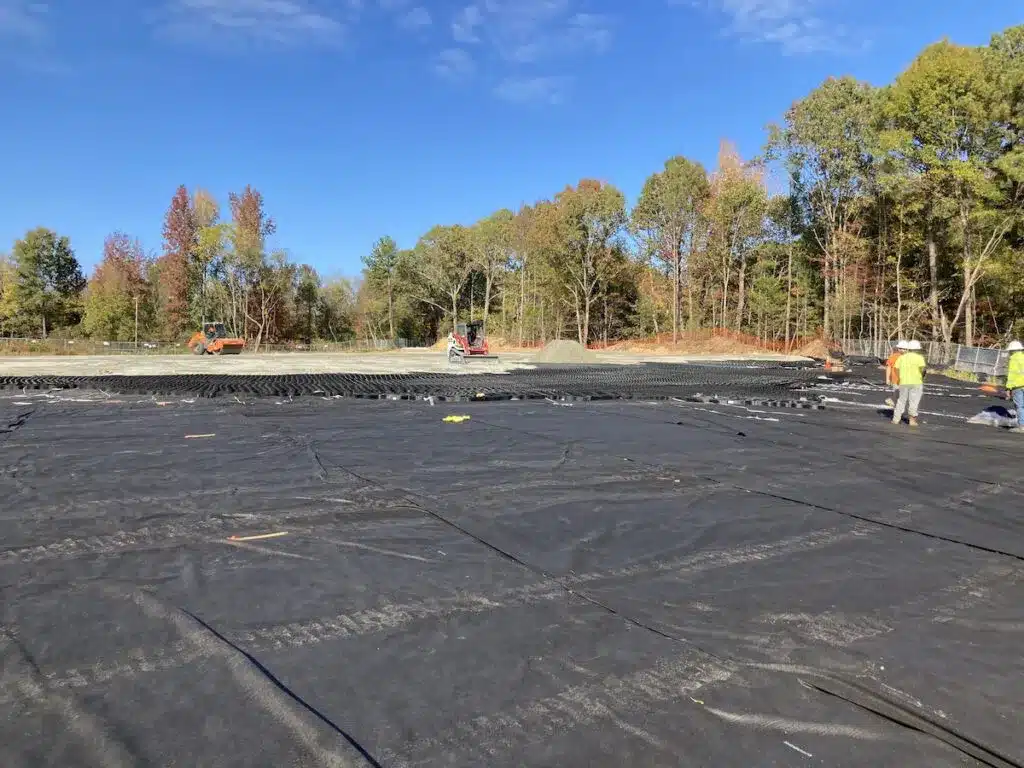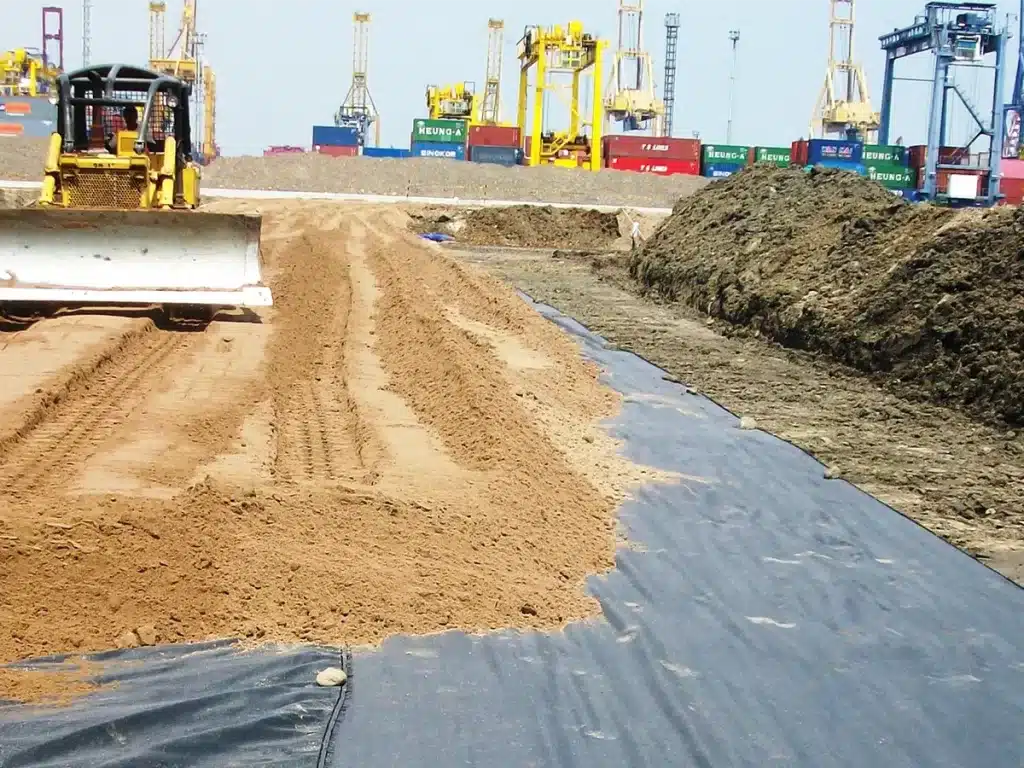+86-159 9860 6917
info@geofantex.com
geofantex@gmail.com
+86-400-8266163-44899
Geosynthetics play a critical role in modern waste containment systems, particularly in landfills, where they help protect the environment from contamination. These synthetic materials, including geomembranes, geotextiles, and geogrids, are designed to provide barriers, filtration, and reinforcement, ensuring that waste is safely contained and does not pollute surrounding soil and water. This article delves into the various uses and functions of geosynthetics in waste containment, answering key questions about their applications and importance.
What are the uses of geosynthetics in landfills?
Geosynthetics are extensively used in landfills to manage and contain waste effectively, serving multiple functions such as separation, drainage, filtration, hydraulic and gas barriers, and protection. Their primary uses include:
- Lining Systems: Geomembranes and geosynthetic clay liners form impermeable hydraulic barriers that prevent leachate, a liquid generated from waste, from seeping into the ground and contaminating groundwater.
- Capping Systems: Geosynthetics are used to cover the top of landfills, providing protection by minimizing the infiltration of rainwater and reducing the amount of leachate produced, while also serving as a gas barrier to control emissions.
- Leachate Collection: Geotextiles and geonets are used to create drainage and filtration systems that collect and manage leachate, directing it to treatment facilities and ensuring efficient separation of liquids from solid waste.
- Gas Management: Geomembranes and geosynthetic vents not only act as gas barriers but also help manage landfill gas, primarily methane, by allowing it to be collected and safely vented or used as an energy source.

What is the function of containment in geosynthetics?
The containment function of geosynthetics is to act as a barrier that prevents the movement of liquids, gases, and solids from the waste material into the surrounding environment. Similar to separation, but this function goes a step further to contain liquids and gases, in addition to soil particles. This containment is vital in landfills, where the primary concern is preventing leachate from contaminating soil and groundwater. By using geomembranes, geosynthetic clay liners, and other barrier materials, geosynthetics ensure that harmful substances are contained within the landfill, thereby protecting the environment and public health.
What are geosynthetic materials used for?
Geosynthetic materials are used across various industries for different purposes, including:
- Environmental Protection: Geosynthetics are used in landfills, mining operations, and contaminated sites to contain waste and prevent pollution.
- Civil Engineering: They are used in road construction, retaining walls, and embankments for stabilizing and separating unbound pavement layers, as well as for soil stabilization, erosion control, and drainage.
- Water Management: Geosynthetics are employed in reservoirs, canals, and ponds to prevent water loss through seepage and to control erosion.
- Agriculture: In agricultural settings, geosynthetics are used for soil reinforcement, drainage, and protecting crops from soil erosion.
What may geosynthetics be used for?
Geosynthetics can be used for a wide range of applications, including:
- Erosion Control: Protecting soil from erosion caused by water or wind.
- Reinforcement: Strengthening soil and other materials in construction projects through separation, filtration, reinforcement, and drainage.
- Filtration: Allowing water to pass through while preventing soil and other particles from moving, which is essential in separation, filtration, reinforcement, and drainage systems.
- Separation: Preventing the mixing of different soil types, which is crucial in road construction and other infrastructure projects by ensuring effective separation, filtration, reinforcement, and drainage.
Geosynthetics are indispensable in waste containment, particularly in landfills, where they provide essential functions such as lining, capping, and leachate collection. These materials act as critical barriers that protect the environment from contamination while offering solutions for various other applications in civil engineering, environmental protection, and more. Understanding the uses and functions of geosynthetics highlights their importance in creating safe and sustainable waste management systems.



Get Free Sample
We’ll respond as soon as possible(within 12 hours)





















